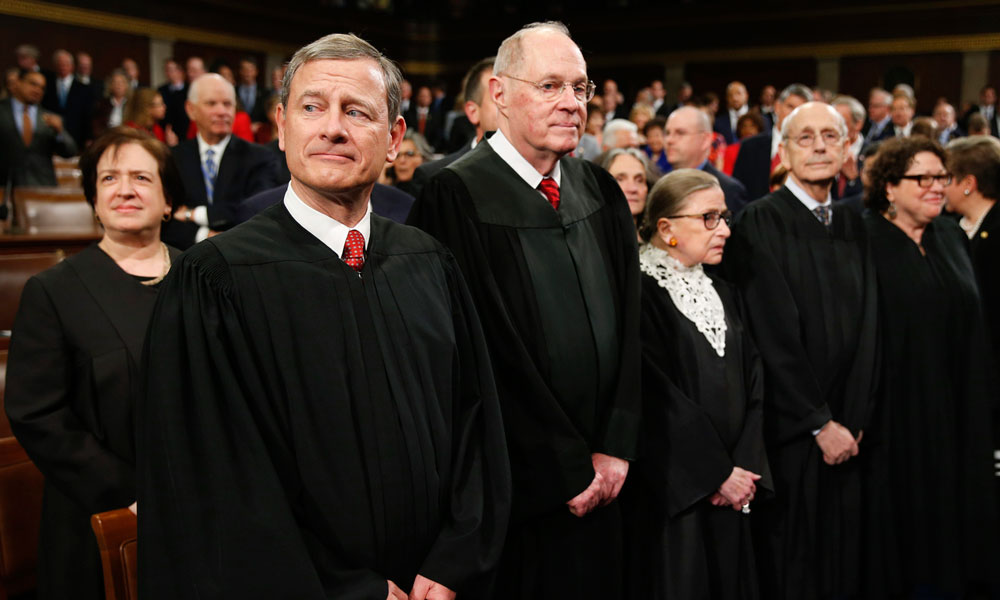
With Supreme Court Case, Unions Brace for Shift in Member Outreach
Public-sector labor unions—whether focused on education or not—have much to lose, depending on how the Supreme Court decides on Friedrichs v. California Teachers Association, which the court heard earlier this week. In anticipation of the decision, unions are taking a hard look at their approaches to membership.
Whatever happens in a closely watched Supreme Court case involving public-sector unions, those unions are ready to adapt their member-acquisition strategies.
In Friedrichs v. California Teachers Association, the high court may question whether state employees can be required to pay fees that cover the union’s collective-bargaining efforts—as is the case in 22 U.S. states, including California. And, based on comments made by Supreme Court justices—particularly Anthony Kennedy, the court’s traditional swing vote—the longstanding arrangement, which was worked out by the high court in a 1977 decision, could fall by the wayside.
That leaves public-sector labor unions such as the American Federation of Teachers (AFT), the National Education Association (NEA), and the American Federation of State, County and Municipal Employees (AFSCME) in a position where they might have to boost their member-outreach efforts in numerous states all at once. The Wall Street Journal notes that these groups are all preparing outreach efforts to both engage those who aren’t active members of the unions (but who, until now, have taken advantage of the collective bargaining benefits) and to strengthen standing with already active members.
“Certainly everybody is looking at different ways that they can engage their membership,” NEA President Lily Eskelsen Garcia told the Journal.
One concern of these unions is that existing members will drop out of the union in response to a negative ruling. AFSCME in particular has prepared for the possibility and has launched “recommitment drives” to encourage its members to pledge to remain active in the union, no matter what. Kathryn Lybarger, president of AFSCME Local 3299, explained to In These Times how pledge cards work to motivate current union members.
“Whether a new member or current member,” Lybarger told the publication. “Everyone is going to sign a commitment card. … Commit to this because your pension is on the ropes, or the boss is coming for your job.”
While such efforts could help the unions, some observers aren’t so optimistic for either the unions or the Democratic Party, which has traditionally received political and financial support from unions.
“If this goes the wrong way for the unions, they’re going to have a lot less money, period,” Center for Responsive Politics spokeswoman Viveca Novak told The Atlantic. “They’ll have less money to spend, and the Democratic Party will lose a big source of its support.”
The Supreme Court is expected to decide on Friedrichs by the end of June.
(Evan Vucci/Pool/Reuters)






Comments